Ageha Gel. A soak-off gel crafted by an outstanding Japanese Gel Nail artist, and I mean ARTIST. This gel was created entirely for the benefit of the Japanese Gel Nail Artist.
While I don’t know Ageha personally, I did have the lovely opportunity to take a class with her in the states over 5 years ago. Since then, I’ve followed her work on Instagram and attentively watched her product line’s development.
Today we’ll analyze Ageha gel for you and how it compares to 3 of my other favorites… Kokoist, Leafgel, and Vetro.
I’ve been using Japanese gel for over five years, which has helped me with my nail tech issues. So much so that I ditched just about every product I owned after being able to figure it all out with just Japanese gel, and I’m going to show you how you can do the same!
And before we dive in, I want to make a super special announcement about something new I’ll be starting on this channel.
Full disclosure
Now, full disclosure of my use of Ageha gel. My tried and true use of it is close to ZERO. So I cannot definitively give you problem-solving feedback on it. For example, like OOh! Make sure you use Ageha’s Cushion base instead of Base Gel More for XYZ-type clients; that feedback comes solely from repetitive use on clients. I have not done this since I just recently bought my Ageha Gel.
So how the heck are you going to tell me about how this wears Paola?
You must know that Japanese Gel Nail Systems all compete with one another. For this reason, each brand tries to create a better version of one brand’s gel type.
To oversimplify this…For example. Any gel brand needs a base coat. Ok, but what kind? What base coat does universally well among most client nail types? The answer is… A flexible rubbery type base coat.
Japanese gel companies don’t have to reinvent the wheel here. They’ve found success with Bio Sculpture and Calgel’s Base gel, so they will try and create the best versions of Bio Sculpture and Calgel gel base. (Totally my opinion, as obviously no company will confirm this theory :D).
This way of thinking is valid for the rest of their base gels and top gels. Each of these top brands will hire its own chemist to develop or reverse engineer-kind-of-thing, the best version of a product doing incredibly well in the nail industry. I think this is genuinely one of the characteristics setting Japanese gel apart. That extremely competitive edge and relentless pursuit of making their line the best.
Ok, enough raving.
So at the end of this reading, you’ll be able to make some super informative buying decisions with your clients’ nails in mind.
So to keep things in order, I’m going to use this comparison chart I created.
1.A Watery Base
Typically in a Japanese Gel Line, there is a thin watery base. It is usually meant for easy soak-off because no sanding prep is needed on the natural nail. This base is very thin, so no self-leveling or apex can be formed. But the adhesion component is super strong!
Its watery consistency allows it to go into all of the nail plate grooves, especially when there is damage from pulling gels off the nail plate.
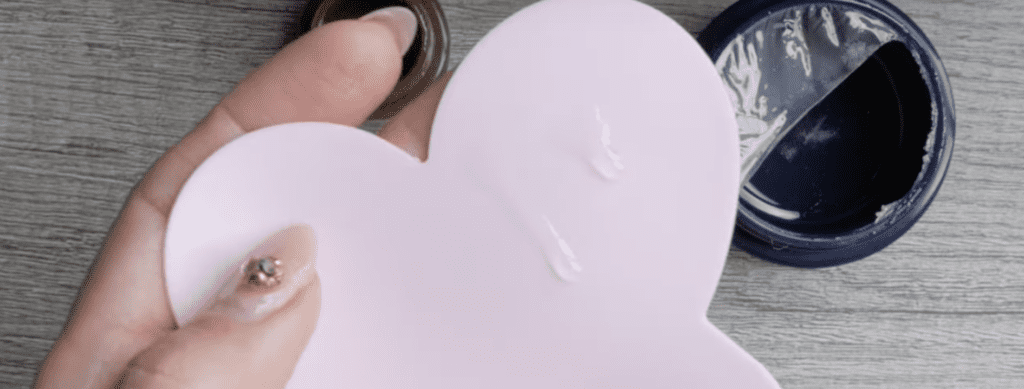
At first, I had bought Ageha Cushion Base, thinking this was their version. Still, just by the consistency, it did not fit the criteria, at least not the bottle version. And so we’ll hold off talking about it until later.
Leafgel & Vetro both carry this type of base gel.
Leafgel’s is called Sanding-Free Base, and Vetro’s is called Max Base. Vetro even created its own brush for application Max Base because of its thin watery consistency. And it is a really cool brush that does not expand when you grab this thin watery base.
I would say Leafgel’s is about the same consistency.
While these bases are great for protecting nails from scraping gel off them during a soak-off gel removal, their thin consistency allows them to soak off seamlessly. Two coats are required to minimize gel chipping or lifting.
I use this base as an adhesion layer to seal embellishments to the nail. And I will teach you exactly how in my online program; check out the Free masterclass HERE, where I will tell you more about it.
2. A Medium Viscosity Base
Next up is Ageha Base Gel More. My sources tell me that this base has the look and feel of Calgel base… Flexible, super smooth self-leveling, and almost a rubbery feel to it.
So I compared this to Kokoist’s Mega Stick Base, Leafgel’s Extreme Clear +, and Vetro’s Fuji to see which one felt more flexible, more rigid, and thicker.
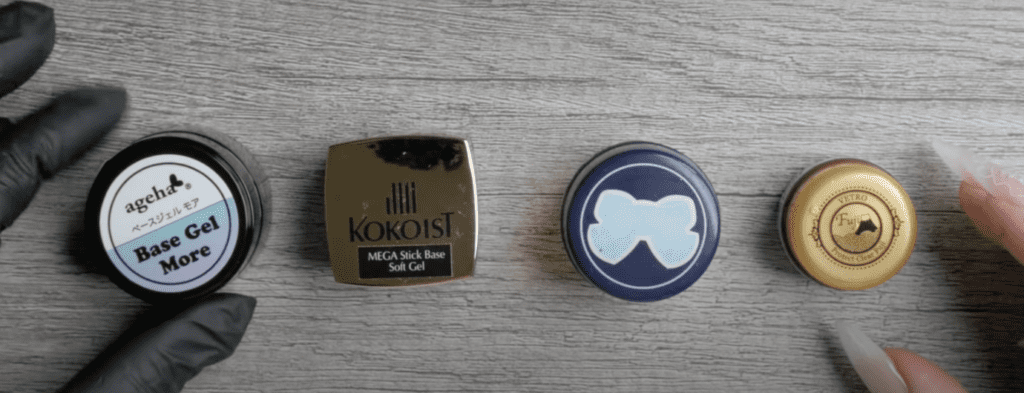
Here’s my analysis,
Base Gel More applied more velvety smooth, and its viscosity was between Leafgel and Vetro.
Kokoist’s Mega Stick Base was the most viscous and had a more sticky feel.
Leafgel’s Extreme Clear Plus was the thinnest of them all and, as a result, the most flexible.
Vetro’s Fuji was also slightly runny, not as much as Leafgel’s. This one had that sticky feel like the Kokoist one.
3. A Quick-Off Base
Ok, now let’s analyze Ageha’s Cushion Base.
The purpose of this base gel is to be able to remove quickly with a soak-off. Again, I was tempted to lump it with the Sanding-Free Bases from Leafgel & Vetro, but the consistency did not match. Ageha Cushion Base is much thicker than a runny, thin watery viscosity. Now that is the bottle version. I was told that the potted version is slightly thinner… How much? I am not exactly sure as I do not own it.
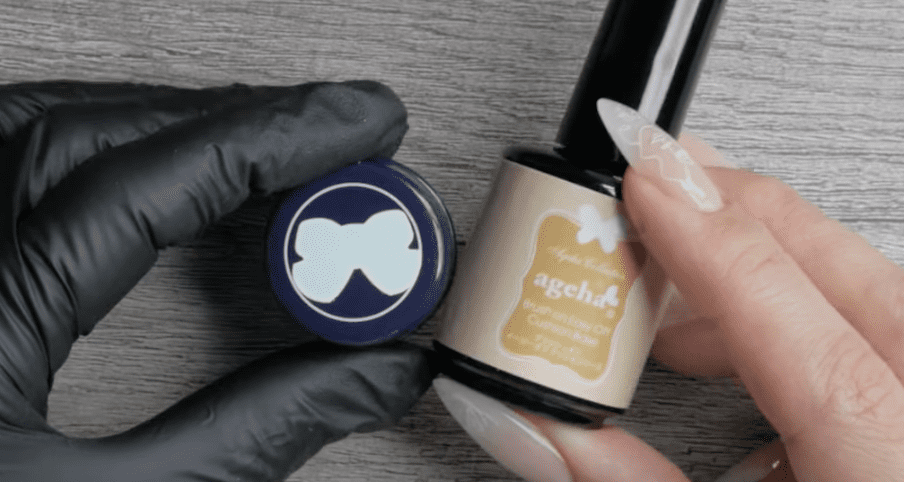
The consistency of Cushion Base, along with its goal of easy soak-off, is the equivalent of Quick-Off Base from Leafgel.
Do note that if you are a manicurist who does not soak off gels, these quick-off bases, including the watery ones we talked about, you must be very light with your efile to remove down to the base.
Even though their viscosities are almost identical… After curing, Cushion Base was more rigid than Quick-Off.
Quick-off almost cures as vinyl. So imagine using a protective vinyl layer on your natural nail to protect it from damage. This cure was super cool and impressive to me.
4. A Top Gel
Moving on to potted Ageha Top gel. Just about every Japanese Gel Line offers one, the only one that doesn’t, at least here in the US, is Kokoist. But frankly, that’s ok because potted top gel usually has a little thicker viscosity, and Ultra Glossy Top Gel indeed has a little viscosity.
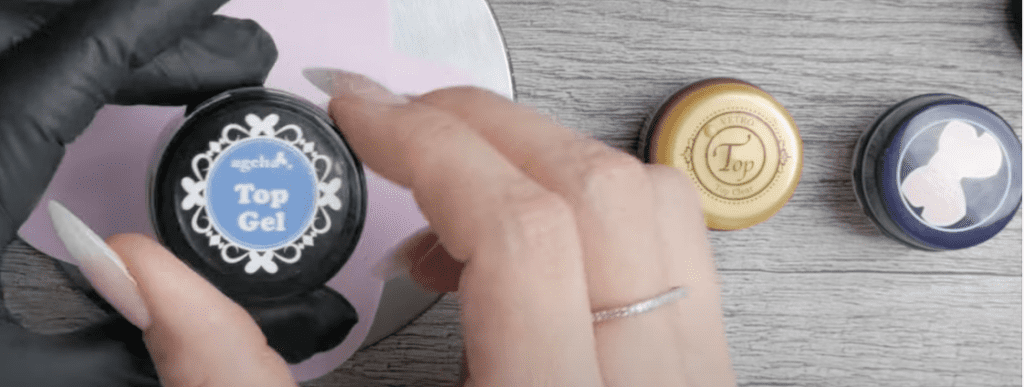
I like to use a potted top gel on my one-color gel services. It will allow me to self-level any tiny imperfections while adding strength to my application. If I’m running a little behind with clients, however, I will opt-in for my bottled top gel instead. The potted top gel usually requires wiping after curing; however, Ageha offers a unique non-wipe POTTED top gel… oooh, I know!
5. A Matte Top Coat
Next Up is Ageha’s wipe-required matte top gel. It is currently only offered in bottle form. The only other company that offers a matte top gel in bottle form that requires wiping is Vetro. Of course, of the Japanese Gel lines I work with and discuss in this post.
I’ll show you how the gels I have cure.
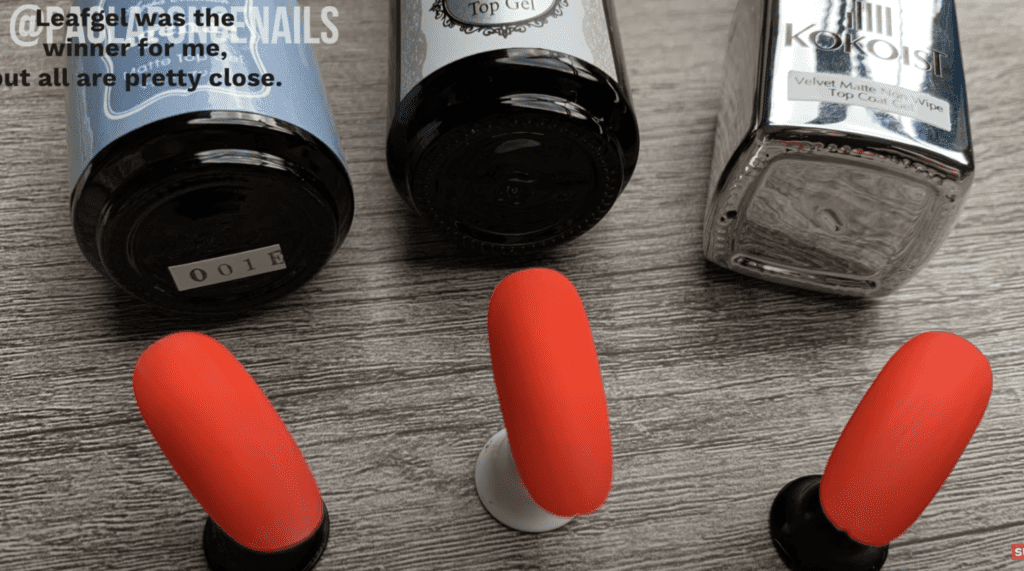
The last common gel we’ll discuss is Bottled top gel, which requires wiping.
Typically wipe-requiring bottled top gels from Japanese gels are my favorite finishing viscosity. Not too thick, not too thin, just enough to fill any imperfections and self-level smoothly.
6.A Gradation and Charme Gel
Ok, the last 2 Ageha Gels I bought were Gradation & Charme On Gel.
Let’s start with Gradation Gel.

Out of Kokoist, Leafgel, and Vetro, Kokoist is the only one that offers something similar to it. It is called Art Clear Zero and is great for marbling, gradation, and creating color mixes.
I created a rough gradient effect using both, and for me, Kokoist’s seem to fade a little easier. However, the gradation effect requires a very soft touch, so I am sure Ageha will cure just as fine with a little more TLC.
I then created a marbling effect where, surprisingly, the Ageha gel kept more of the pattern for me.
Last but no least Ageha Charme On Gel. Since it is for charms, I wanted to compare it with the hard texture affixing gel from Leafgel. Both gels are non-wipe, you simply pop your 3D embellishments into the gel and into the lamp for a full, thorough cure, and you’re done. No need to finish with a top coat. Out of the 2, I like the firmness of Leafgel, but it seems like the Ageha one will also get the job done; it is slightly less viscous.
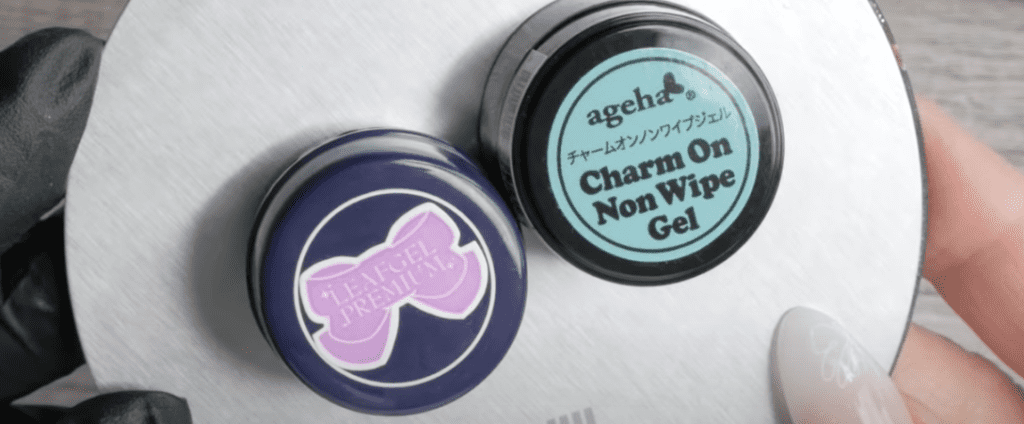
Well, that is all of the Ageha gel I have… for now. I’ve compared more of my favorite clear gels in the chart I mentioned earlier. Because sharing is caring, I dropped a link for you to download and learn more.
Thank you for reading, and I hope you learned a ton.
I’ll see you here next week! Bye.
These blogs are copyrighted material, and any use of this blog is not permitted without written concern first. Some of these blogs contain affiliate links that give us a small commission when qualifying purchases are made. Thank you for your support that helps us to continue creating valuable resources and content like this.

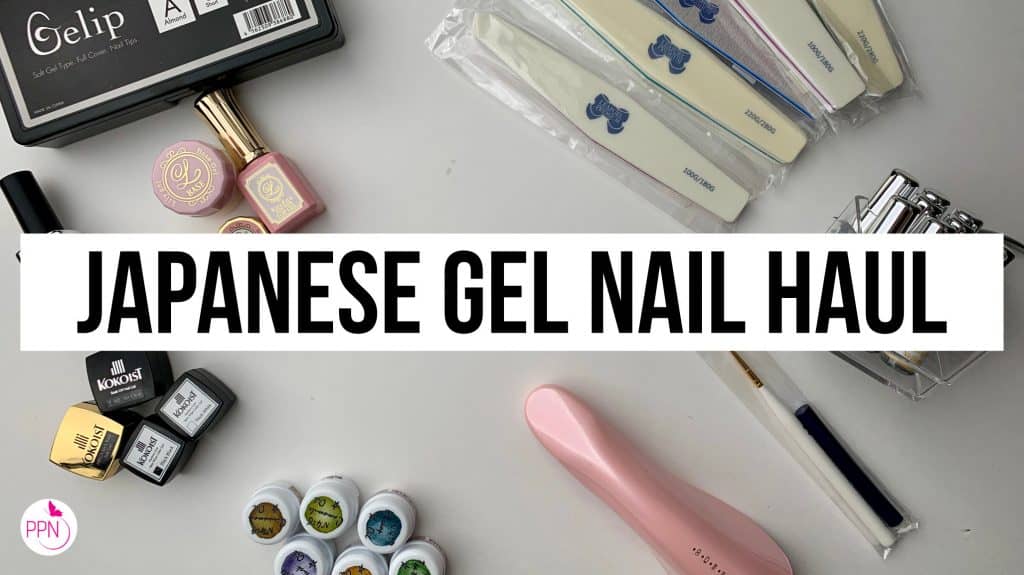
![[[ Nail Thoughts X Kokoist ]] Bottled Gel Launch | All COLORS SWATCHED](https://paolaponcenails.com/wp-content/uploads/2020/11/ntswatchesnewthumb-1024x575.jpg)